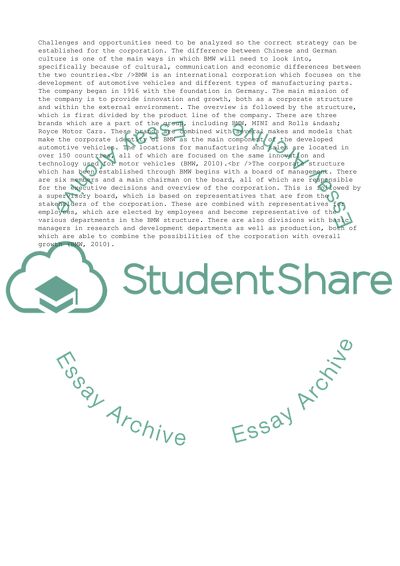Cite this document
(Cross-Cultural Values in BMW Company Research Paper, n.d.)
Cross-Cultural Values in BMW Company Research Paper. https://studentshare.org/management/1745383-cross-cultural-issues
Cross-Cultural Values in BMW Company Research Paper. https://studentshare.org/management/1745383-cross-cultural-issues
(Cross-Cultural Values in BMW Company Research Paper)
Cross-Cultural Values in BMW Company Research Paper. https://studentshare.org/management/1745383-cross-cultural-issues.
Cross-Cultural Values in BMW Company Research Paper. https://studentshare.org/management/1745383-cross-cultural-issues.
“Cross-Cultural Values in BMW Company Research Paper”. https://studentshare.org/management/1745383-cross-cultural-issues.


